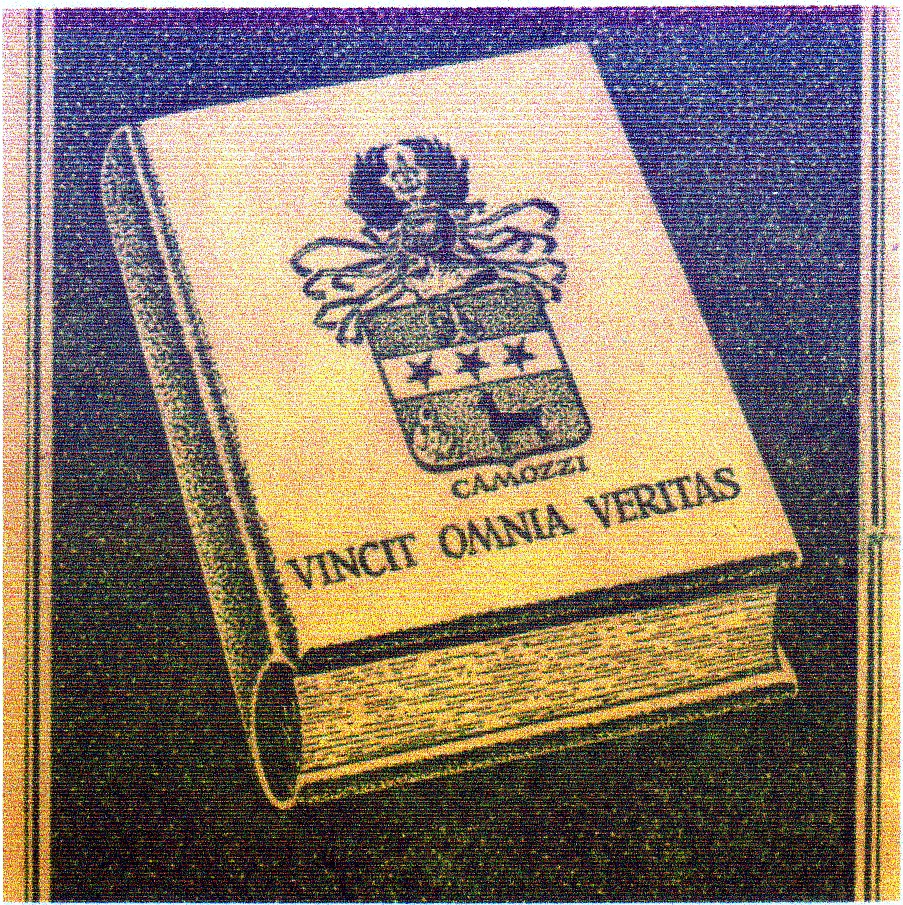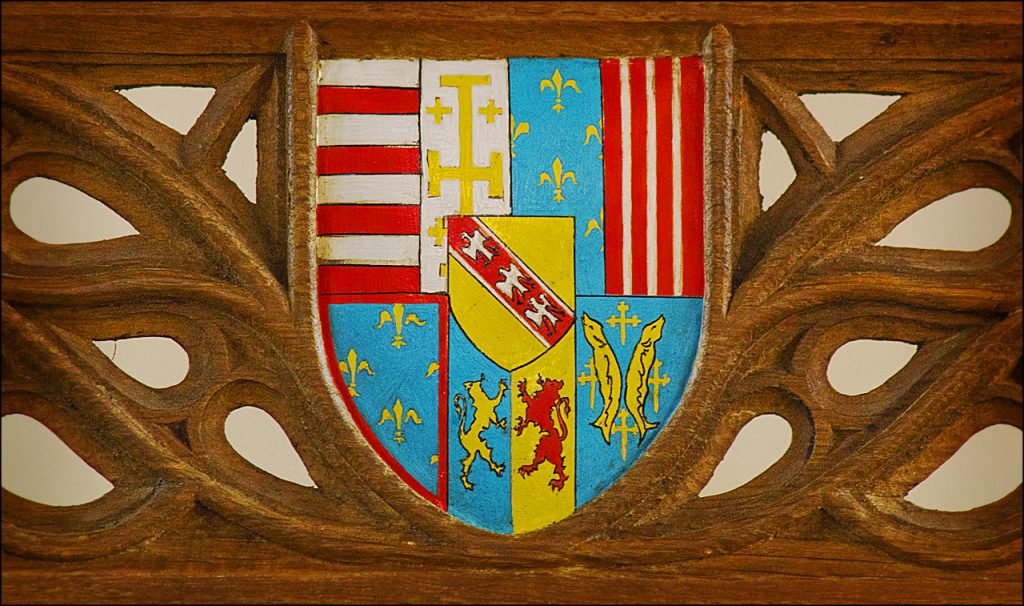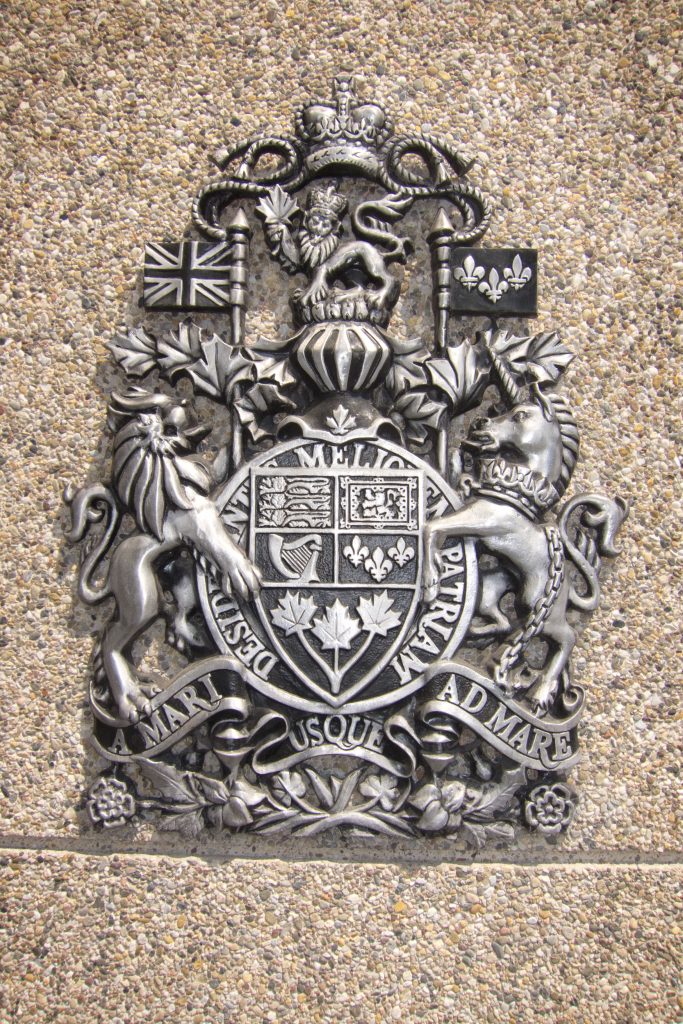
Why are we looking for this information?
- You may want to be officially entitled to arms by inheritance or maybe you have a family history in a certain country stretching back centuries and you would like to display the authentic family coats of arms/family crest for your family.
- As a hobbyist genealogist you might have advanced in making your family tree and finding out things about births, deaths and marriages in your family, and now it is time for you to know if there is a family shield for any of your family branches.
- You are just curious to find out if any of your surnames are related to a family shield. Heraldry can be a fantastic window to your family past and at the end, learning more about your family and its history is learning more about yourself.
Any of the above could be a good reason to embark yourself in family heraldry. Of course, as soon as you start, you will find that there are quite a number of divergent attitudes to Family Crests/Coats of Arms. Some people even discuss the existence of family coats arguing coats of arms can just belong to one person. The answer to this question really depends on your attitude and your purpose. However a wider interpretation prevails and there is a general acceptance to the use of historic coats of arms whenever:
- You are a direct descendant from the original owner/creator of a family coat of arms.
- If your ancestors are from Ireland, a Family Crest identifying your surname can apply to you. This assertion was made by no less than Edward MacLysaght (1887-1986), the former Chief Herald of Ireland and one of the foremost Irish genealogists of the twentieth century.

The Royal Coat of Arms Buckingham Palace, London Courtesy of Karoly Lorentey
Some other countries have more strict regulations –always talking about official use- .
- Arms and armorial insignia are granted only by the Kings of Arms in England, by Lyon King of Arms in Scotland and Ulster King of Arms in Northern Ireland.
- To be entitled to arms by inheritance in England, a family of today must be able to prove a direct legitimate male line descent from an ancestor who is on the official record of the College of Arms as being entitled to the same arms.
- If you have English ascendants, take in account that “The College of Arms” is the corporation of heralds responsible for controlling, granting, and confirming arms in England under the general supervision of the Duke of Norfolk in his capacity as Earl Marshal. The Official Registers of the College include the armorial bearings granted or confirmed to English and Welsh families from the fifteenth century until today, and family trees of thousands of families of English and Welsh origin. It was established under the reign of Richard III in 1444.
- The regulation of Scottish heraldry differs considerably from the system in England, and all persons using arms are required to register or “matriculate” their right to arms in the Court of Lord Lyon King of Arms.
Origins of heraldry
Heraldry can be regarded in some aspect as a precedent of our actual brands, and as we know it now, has descended from ancient practices that evidenced the need of armies to distinguish friend from foe in a battle -or in times of peace, in a tournament or similar event- therefore clothing, helmets, armors, and shields had to be marked with symbols and distinctive colors. These marks were also useful at the time of identifying rank and identity.
- Greeks wore images of animals on their shields to identify their home city state. The Athenians bore an owl, the Thebans a sphynx, and so on. These images represented shorthand of an important, defining myth about their city state or its patron deity.
- Roman bore standards with distinctive symbols on them to identify each legion. It is believed that the Welsh dragon, a famous symbol in British heraldry, originally derived from the standard of a Roman legion posted in Wales.
Though heraldic arms first appeared during the reign of Charlemagne, true heraldic symbols that were passed down through noble families did not appear until the12th century.
- At first, heraldic symbology had no rules. People simply designed their arms as they pleased.
- Rules for heraldry soon began to develop when different people used similar images, making it difficult to tell them apart.
- Another need for rules grew up from the practice of joining arms onto one shield to show acquisition of lands through marriage or important parentage.
- In addition, multiple sons required slight variations in the family shield to distinguish each one, as at its origins the design was unique to an individual and even sometimes, the individual only had rights to the coat of arms during his lifetime. However, other times he was allowed to pass it down to his descendants, and it became the family coat of arms.
- The establishment of heralds-who were able to identify armory- was key for the development of the rules of
- Rules of heraldry have roots in the early practices from northern Europe, mostly in France, England and the Holy Roman Empire, but their use extended as far east as Poland and as far south as Spain.
- Heraldry began as a strictly military insignia for rulers and their dynasties. The practice soon spread to the nobility, from high to low. From the mid-14th century onward, it also began to be used by rich non-nobles in non-military settings.
- Heraldry is not limited to people. Different kinds of corporations both public and private, i.e. professional associations, commerce chambers, municipal governments, etc. do have coats of arms as well.

What do the different images in a coat of arm show?
- Images employed in a coats of arms can show rank and hierarchy, thus showing a king recognition to a noble.
- Images are sometimes used to make a statement or to show events like annexation of a territory, by means of war, military alliances or matrimony.
- They can also commemorate a special victory or show the extent of the owner´s territory.
- Besides images, some family coats might include a motto that can be placed above or under the shield itself.
- Colors employed also have a significance and thus are used as symbols as well.
At http://www.digiserve.com/heraldry/ you can use Pimbley’s Dictionary of Heraldry or one of the other dictionaries listed or to identify the various charges and symbols found on coats of arms.
In Medieval times they were a big deal, like our modern brands, and could be used in different elements besides military equipment, from flags to jewelry.
Coats of arm search: what information do we need to gather? Is it hard to get this information?
- It is advisable that you first do your family tree, so as to identify family branches, and then you can embark yourself in the fascinate activity of finding out if there is a coat of arms for any of the branches. The further you can go in your family tree for direct ascendants, the better.
- In England, the College of Arms is unsupported from public funds and access to its records is therefore limited. However, the heralds do undertake searches in the records on payment of professional fees, and if an enquirer wishes to consult a particular manuscript, appropriate arrangements can be made. Enquiries should be addressed in the first instance to any individual herald or to the Officer in Waiting, College of Arms, Queen Victoria Street, London EC4V 4BT.
- Searching in libraries can also be of help, especially for the best known English surnames, as some British periodicals, such as Gentleman’s Magazine (1731-1907), contain excellent information. American academic libraries are usually the best source for such publications. Details about the pedigrees of armigerous ancestors of the 16th and 17th centuries can usually be found in the manuscripts known as the heraldic visitations,many of which have been published by the Harleian Society. Numerous university and genealogical libraries have these publications.
- Besides England, some other countries have today Colleges or Arms and/or Heraldry Associations, that deal with all issues related both to historical and modern coats of arms. At: http://www.theheraldrysociety.com/treeview/links.htm you will find links to all Heraldry Associations in the UK and abroad (Africa, Australasia, Europe and North America), to the International Associations (The International Association of Amateur Heralds, L´académie internationale d´heraldique and La Confédération Internationale de Généalogie et d´Heraldique) together with some other resources that could be useful to your search.
- Cindy´s List does also provide useful resources at: http://www.cindyslist.com/heraldry/societies
- At http://www.digiserve.com/heraldry/ you will find help to conduct heraldry research on the internet as there are links to the various sources of heraldic material available. However, you can also look for a family name coat of arms.
- Check http://www.coatofarmsdetective.com/ This page has great links that will help you to find out if your family has a coats of arms.
- Another way to quickly find out if your family has a coat of arm is searching House of Names. They provide history about the surname and location and dates when a coat of arms for your surname was first used.
Visit House of Names at http://www.houseofnames.com

Is there a coat of Arms for every surname?
- If your ancestry is from a country with a tradition of Heraldry (Ireland, England, Scotland, Wales, and most of Europe) then the chances of finding an accurate Family Crest/Coat of Arms for your name is greatly improved.
- Even then, there are countless family names, even of ancient origin, for which no heraldic design could yet be found.
- However there is nothing to prevent you from creating one for your own name and either keeping it for the use of your own family or releasing it into the public domain to be used by anyone else of the same name. For example The International Association of Amateur Heralds, can help you with the design and emblazonment of coats of arms which follow the established rules of heraldry. The design process is a collaboration between you and an IAAH-approved herald, who makes him- or herself available to explain the heraldic science, consult with you, propose design options, and assist you to arrive at a design both pleasing to you and in keeping with the laws of heraldry. As this Association is web based, you can contact them at http://www.amateurheralds.com
Terms used in heraldry that you should learn before embarking yourself in your own family heraldry search:
- Coat of Arms: is a design whose symbols are meant to represent the achievements of the person to which the arms were granted. A coat of arms consists of several parts: the shield, the mantling, the helm, the wreath, the charges, and the crest (note that not all arms have crests).
- Crest: is the device/object attached to the top of the helm (helmet). However, this term can also be seen as an equivalent to “coats of arms”. This is due to the fact that the crest can be used as a simplified symbol when the full coat of arms is too detailed. It should also be considered that whenever sons used a modified version of their father coats of arms the crest was rarely modified, so it had a more “permanent” character.
- Herald: the term “heraldry” derives from the word “herald”. Heralds were the expert people who had the ability to “blazon” (read) an approaching knight’s arms and determine his identity. This skill became so valuable that even smaller military groups and minor nobles employed a herald when going to battle.
- Blazon: official way of describing a flag or coat of arms.
By, Carmen Vazquez Sibils





